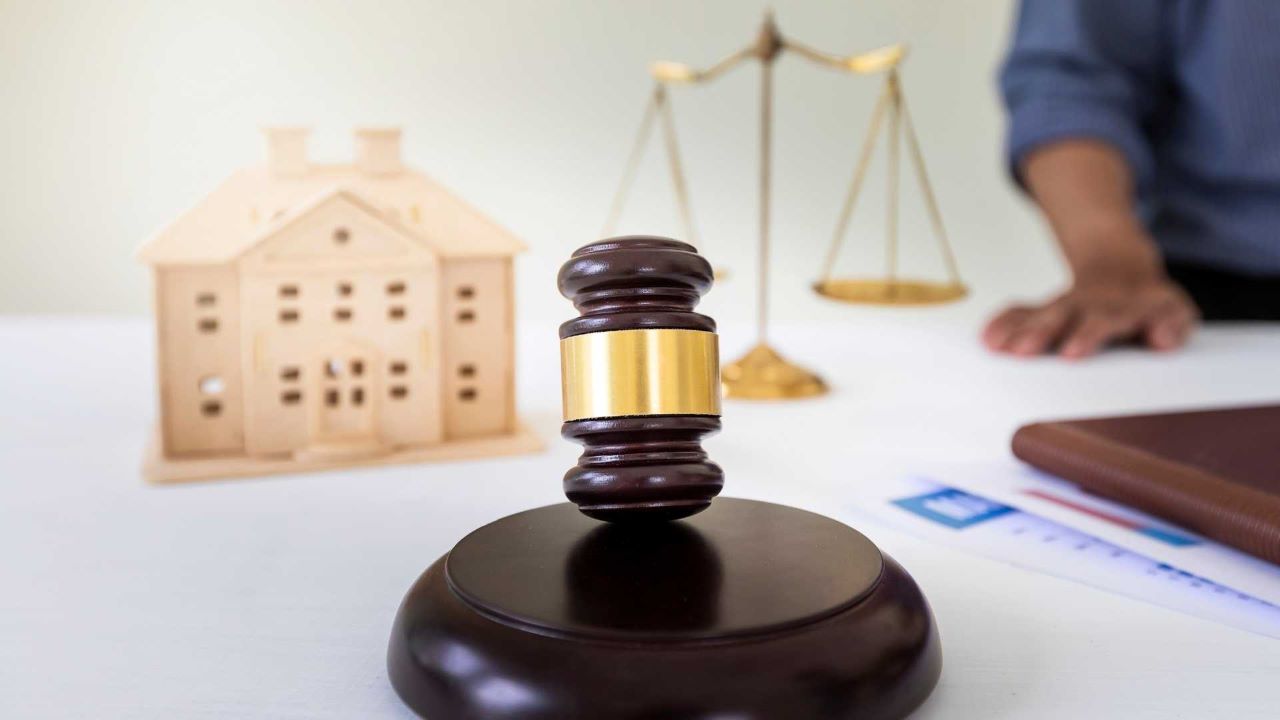Guide to Making a Solid Lease Agreement For Your Rental Property
Are you thinking about renting out a property in St. Augustine, Florida? You should go for it! Rental properties are a great investment. Property prices tend to appreciate over time, so your investment will grow in value every year that goes by. Moreover, you can earn a steady passive income by finding steady renters!
Renting out a property can be risky, especially without a solid lease agreement. While oral leases are legally valid in many states, setting the terms of the tenants by word only makes it incredibly difficult to hold tenants accountable.
This can result in unclear expectations, difficulties in enforcing rent payments, and challenges with property damage disputes. If worst comes to worst, you could end up facing legal disputes, major financial losses, and complications when attempting to regain possession of the property.
Believe it or not, drafting a solid lease for your St. Augustine rental property is not very difficult. In this comprehensive guide, the experts at Ocean Realty & Property Management will go over a step-by-step guide to drafting a solid and legally compliant lease agreement.
Step 1: Familiarize Yourself With the Local Rental Laws
As a landlord, it’s your responsibility to comply with your local rental laws. This includes building and safety codes, federal and local fair housing laws, security deposit laws, and the state’s landlord-tenant laws at large. If your lease doesn’t comply with these laws and regulations, it will be rendered void.

Before you can start writing your lease agreement, you must take the time to familiarize yourself with the landlord tenant laws in your state. Pay special attention to regulations regarding rent control, security deposits, required disclosures, and eviction procedures. This will help you minimize liabilities and ensure legal compliance.
Step 2: Get Tenants’ Information
A lease agreement is a legally binding contract. As such, it must include your and your tenants’ full names, contact information, and current address. Additionally, if you’re working with a property manager, you should include their name and contact information on the lease, so tenants know who to call in case of an emergency.
Step 3: Set the Terms of the Lease
Your lease should clearly outline the start and finish dates of the tenancy. Whether you’re renting your property out on a weekly, monthly, or yearly basis, specifying the duration in writing is key.
After all, this establishes when rent payments and responsibilities for property maintenance and utilities start, and when they end. A fixed tenancy period also protects both parties by specifying move-out requirements, helping prevent unauthorized holdovers or early departures.
In case of disputes, these dates provide crucial legal clarity and are enforceable in court, ensuring that both tenant and landlord obligations are clear and agreed upon.
Step 4: Write Down the Price of the Rent
Even if you specified the price of rent in your original rental listing, you must include it in your lease. Stating the rent amount ensures tenants understand their monthly payment obligations, preventing misunderstandings and disputes over charges.

Plus, this documentation will also help you enforce timely payments, apply late fees if necessary, and make adjustments according to lease terms.
Step 5: Outline the Security Deposit Terms
Security deposits are a common source of disputes between landlords and tenants. To avoid such disputes, you should clearly outline deposit policies in the lease, detailing the required security deposit amount, due date, and acceptable payment methods.
You should specify conditions for deductions, such as repairs beyond normal wear and tear or unpaid rent. Additionally, the lease should explain the deposit return process, including timelines, interest accrual (if applicable), and any documentation tenants need to provide upon move-out to get their deposit back.
Step 6: Outline Tenants’ Maintenance Responsibilities
Maintaing your rental property is a shared responsibility between you and your tenants. It’s important to outline which tasks tenants are responsible for, such as keeping the property clean and tidy, mowing the grass, throwing out the trash, and informing you of any repairs or maintenance issues that may come up.
By clearly stating tenants’ maintenance responsibilities on the lease, you’ll prevent misunderstandings and ensure your property is well-maintained through each tenancy.
Step 7: Disclose Important Rules and Regulations
When it comes to writing a lease agreement, it’s always better to be safe than sorry. That’s why your lease should include any important rules and regulations tenants should follow.
This includes basic rules such as maintenance responsibilities, noise restrictions, parking rules, smoking policies, and even rules for having guests over. Make sure it also includes the fees or consequences of breaking these rules.

Additionally, your lease should include addendums or additional clauses regarding potential problems such as subletting, alterations and renovations, occupancy limits, pet policies, property usage, and early lease termination. If tenants understand what is allowed, you’ll be able to rest easy knowing your property is safe with them.
Step 8: Review and Sign the Lease
Once you’ve finished writing your lease agreement, it’s time to revise it. Proofread it several times to ensure there aren’t any mistakes and no important information is missing. If you’re unsure whether your lease is good enough, you can hire a property manager to help you review and edit it.
When your lease agreement is ready, you should send a copy over to your tenants. Give them time to read it and answer any questions they may have. Then, you both can go ahead and sign the contract.
By ensuring that tenants understand and accept the terms of the lease before signing it, you’ll ensure that they abide by the rules and regulations you outlined.
Bottom Line
Renting out a property in St. Augustine, Florida, can be a highly profitable venture. While there are some risks associated with owning a rental property, you can minimize them by screening potential tenants and drafting a solid lease agreement.
If you need help drafting a strong lease agreement for your Florida rental, contact Ocean Realty & Property Management! Our team of dedicated property managers is ready to help you!